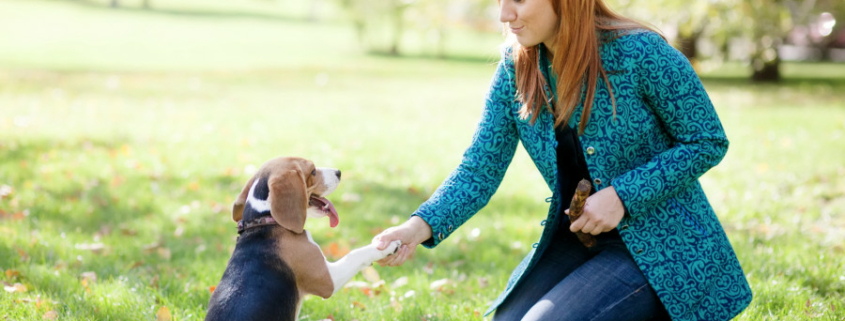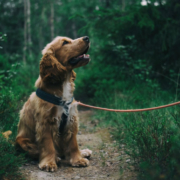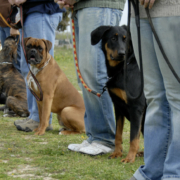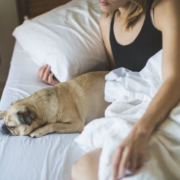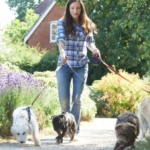The tactics used in training dogs have been debated forever. Harsh techniques that were the staple of training programs have gone out of style for a more behavioral approach. This leads to the question as to whether you should train your own dog or hire a professional to handle the tough task ahead.
Training is a necessity early on. It is what sets you up for a long and happy relationship with your dog. Where they can understand boundaries and adhere to routines that won’t disrupt you or your family’s life. A properly trained dog will lead a much happier and healthier life as well.
If you are looking to train yourself, here are some necessities.
Comfortable Collar
This is much more important than people think and an area where form and function comes before any fashion considerations. The collar must be comfortable for your dog and safe. That means nothing that will choke them when they pull or where they can slip out of and run away. If you live near a pet store that allows dogs inside, it’s a good opportunity to test them out. Or check out sites like Amazon where hundreds of reviewers can provide feedback for you.
One of the biggest mistakes new dog owners make in training is using a retractable leash. It’s tempting to give your dog a little extra freedom to sniff and frolic outdoors, but it won’t help in the training process. Save the retractable leash for when you are comfortable with where your dog is in the training process.
Treats
You’ll need a reward for good behavior and a tasty treat makes the best kind. Something that your dog enjoys but won’t fatten them up too much. I’d recommend something small enough to fit in your pocket and something your dog can consume quickly. You can even make something at home. Training is not the time for your dog to gnaw on a big bone for 10 minutes.
Start Simple
There’s a tendency for us to want our dogs to do fancy tricks in a short period of time. But training is a marathon, not a sprint. So it’s recommended you start with mastering some basic commands and moving from there.
“Sit” and “Come” are two of the easiest to start with. They can be frustrating when working with a puppy, but essential for starting a baseline before jumping to the advanced stuff like rolling over.
Start Socializing Early
Take it from someone who had a dog that didn’t play well with others, it sucks. It makes walks in the park an anxiety-ridden mess while you try to control your rambunctious dog in an unpredictable environment. It was the biggest mistake I ever made with a dog. And one I vowed to fix moving forward.
This is where a group class can come in handy. For instance, Grumpy Puppy, a company of dog trainers in Long Beach, offers pack walks. This is a great way to take your training out into the real world around other people and dogs. All the while under the careful observation of a Long Beach dog behaviorist who can step in and provide expertise.
The whole concept takes something unpredictable and adds some control to the process. Your dog tests out their newfound skills but not around complete strangers and not without a professional trainer to lead the way. This is a highly recommended tool for acclimating your puppy to the real world.
Stay Positive
DIY training has its ups and downs. You’re going to meet resistance and stubbornness (especially if you have a breed like a Beagle that is prone to it). But you have to put that frustration aside and stay positive with your dog.
An angry response to your dog causes confusion amongst your dog. And any kind of physical reaction may lead to aggression or an unhappy pet. Try and stay patient, and maybe take up meditation if you’re really struggling to keep your cool.
Keep it Short
Dogs seem to have attention deficit built-in to their brain. You probably know that keeping them focused on one thing for long periods of time doesn’t go well. The same goes for training.
I find that 10 minutes works best for my dog, although I’m sure that varies for all of us. When they start to lose focus during training, it can lead to resentment and unwillingness to work on it in the future. So keeping it short and sweet will allow for a more engaging participant.
When All Else Fails, Get Help
While I understand those who want to stick to a DIY approach to training, I still highly recommend some professional training mixed in. This can be a few group classes to teach them how to socialize or just a consultation with your local expert to see if they spot any problems.
Early dog training is an investment you’re making for years to come. Take it seriously and put in the proper time, and you’ll find a rich and rewarding experience moving forward.

